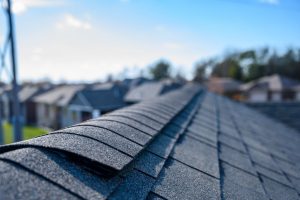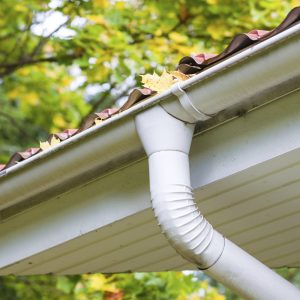If there’s one thing you don’t want in your home, it’s mold! These stains formed by microscopic fungi can cause serious health problems. Winter is the best time for mold to grow. The interior humidity of the house condenses on windows, walls, door frames and poorly ventilated corners.
WHICH CAUSES MOLD ON WALLS AND CEILINGS
As you may have guessed, humidity levels are normally higher in basements and bathrooms. The kitchen is no exception. Mold likes to grow on organic materials such as wood, drywall, dust, fabrics, etc. These fungi can be found throughout the house; on carpets, tile grout, closets, etc.
Excessive humidity is always the main reason for mold growth:
- Flooding/water damage
- Water infiltration through the floor or walls
- Lack of ventilation resulting in condensation (e.g., poorly ventilated bathroom)
- Soil moisture rising in foundation walls (http://yearskn.cluster051.hosting.ovh.net/fr/avoid-heat-loss-make-your-crawl-space-optimal/)
- Space between the wall insulation and the foundation
- Installation of insulation while the concrete was still wet
- Moisture caused by one or more thermal bridges (broken insulation barrier)
- Etc.
HOW TO DETECT THE PRESENCE OF MOLD?
Notice a stain in the corner of a wall or on a window frame, but you’re not sure if it’s mold? Here’s what you need to look for:
- Earthy/musty smell
- Greenish or even black spots, on a large surface or not
- Powdery or fluffy looking stains
*All cases of mold are to be taken seriously, as they can be harmful to your health*.
TIP: Do not hesitate to clean the mold with disinfectant (Lysol type) and a brush. IMPORTANT! Protect yourself from harmful spores by wearing a dust mask, protective glasses and rubber gloves. If the mold is larger than one square meter, call a specialized company to help you get rid of it.
*NOTE: The use of bleach is not recommended due to the harmful fumes.
MAKE SURE YOUR HOME IS WELL INSULATED
Finding the source of the mold is essential to correct the problem. In most cases, cold, humidity or water enters from somewhere because the building’s insulation is not adequate.
INSULATE THE EXTERIOR
First, your building must be well protected from the outside against water, cold and air leakage. To do this, the exterior air barrier (properly installed and sealed) is essential.
INSULATE THE INTERIOR
We recommend the installation of a vapour barrier (properly installed and sealed) to prevent water vapour from condensing in the walls. Also, eliminate any possible air gaps between the insulation and the cement of the foundation wall using Type II sprayed urethane. Be sure to use professionals to ensure that the process is done properly.
HEALTH PROBLEMS RELATED TO MOLD
Are you suffering from mold and are reluctant to get rid of it? The millions of spores released by microscopic fungi are unfortunately very harmful to your health. Here are some examples of problems caused by mold:
- Skin, eye and respiratory tract irritation
- Cough, runny nose and sinus congestion
- Allergic reactions
- Worsening of asthma
- Chronic bronchitis, pneumonia, emphysema and other serious lung diseases
Be aware of any strange, abnormal stains on walls, window frames, in your bathroom, etc. Make sure you have proper ventilation for damp rooms. Get a dehumidifier and keep the humidity level between 40 and 50%. Finally, make sure your house is insulated to prevent humidity!





